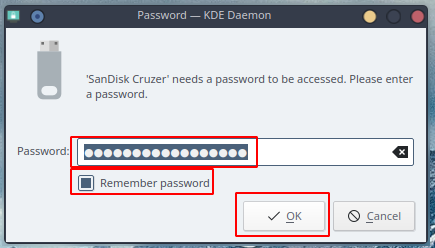

It is much more convenient when installing Arch to ssh into the box from another computer.
#ARCH VIRTUALBOX SELECT LABEL TYPE INSTALL#
Whether it’s a VM or your computer, boot into the Arch install ISO. On the User Interface tab: Personal choice, but I like to click the “Show at top of screen” checkbox to put the dropdown at the top rather than the bottom.

On the Network tab, click Advanced and then Port Forwarding.Ĭlick the + symbol a the right of the window to add a port forwarding rule allowing SSH into the VM. On the Display tab, increase Video Memory to 128MB and check Enable 3D Acceleration On the System tab, check the Enable EFI checkbox. No need to take up all the space at first.Īfter the install, click the Settings button at the top. Hard Disk - Make your hard drive at least 25 GB. You could probably get along with 1GB if you aren’t going on to install a GUI. If you choose to use Virtualbox, here are a few things I would suggest you use to configure your VM. Better to find that out in a VM rather than your real drive. Select the menu item type to determine available properties. You might find that the components I’ve chosen for my install don’t match what you need or want. For example, to set a menus label to File, set it to File directly or to the name of a. I’ve create and destroyed at least 20 VMs while learning the best Arch install for me. I made extensive use of Virtual Box VMs to learn the ropes of install and make choices of how I wanted to configure my system. I couldn’t afford lots of downtime while I figured things out. This is especially true if you are replacing your running drive like I did. I suggest you take your time while you are preparing to install Arch, before you commit it to your drives. Of course if you want choice, you have to make decisions. Does this describe you? If so, follow along. I chose Arch to take me further towards a better understanding of my system. It’s a great distribution, but it’s time for me to move on. I don’t need Linux From Scratch, but I don’t want Ubuntu any more. That said, another result of using a pre-prepared distrubution is that you don’t necessarily understand what’s happening under the covers. I’m a long time Linux user, so I’m comfortable hacking around in configs and troubleshooting issues. There is so much bloat on most distributions, and you end up with largely what someone else decided you should have. I wanted to have more control over my install. This installation procedure will result in an Arch Linux install with the following features:Īfter many (many) years on Ubuntu and other forms of Debian, I needed a change.

Part 2 will describe more setup, including installation of my preferred desktop environment, Budgie. That’s when you find out if you screwed up, after all. My philosophy on the initial install is to only install what is absolutely needed, especially before the first boot. This article describes my installation procedure for a very basic starting point with Arch Linux.


 0 kommentar(er)
0 kommentar(er)
